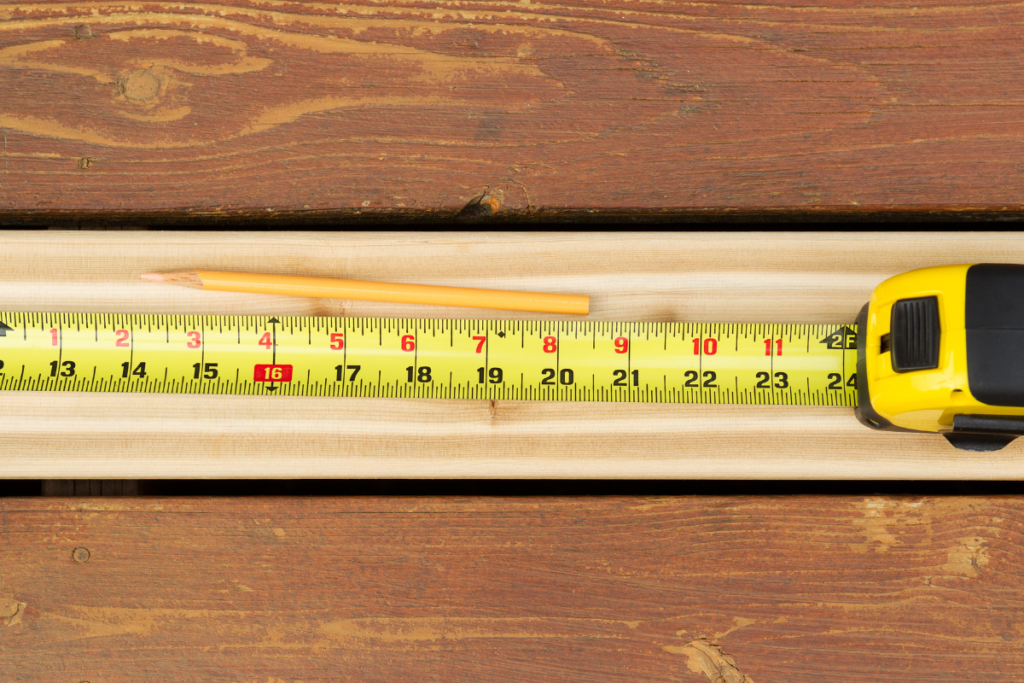
The importance of customer loyalty and how to measure it
If sales measures had a Greatest Hits catalogue then customer loyalty would be the one everyone is singing along to.
Customer loyalty is the banger that keeps everyone singing long after the band have left the stage.
Customer loyalty is what gets you more deals, at higher prices, at a lower cost of acquisition. It’s the lifeblood of a successful business.
Why? Because time and again it’s been shown that loyal customers are more profitable than new ones.
But if customer loyalty is an abstract concept then how do you measure it?
If you really want to get a handle on this then you’ll need a range of measures to help you understand your success rate.
Customer Repeat Rate (CRR)
This is the simplest measure of customer loyalty. It simply calculates what proportion of your customers buy from you more than once.
This is the measure we use in our business. There’s no better way of assessing whether a client is happy with us than seeing them choose to buy our services for a second time.
Our target is a minimum of 80% repeat and this simple measure works for us as a guide to how happy our clients are.
You might want to understand more, though, so it’s helpful to look too at:
Upsell Ratio
This overlaps with CRR but it asks not just whether a customer repeats, but what they buy.
A customer might buy the same product or service from you over and again. That’s great, but they are likely to become more loyal if they purchase a range of services.
The Upsell Ratio works out exactly this.
Imagine your dream customer and then plan out what they might buy from you and when. There’s probably an “introductory” product or service they buy first. But what next?
You might be able to create a 3 or 5 year relationship in which they add products B, C and D to that initial purchase.
By then they’ll have fallen in love with your brand “system”.
This leads into:
Customer Lifetime Value (CLV)
Customer Lifetime Value is how much a typical customer will spend with you over the whole of your business relationship.
It’s the total of your range of products, multiplied by the number of years they stay with you. It goes without saying, the longer they stay, the better!
You should equate CLV back to your cost of acquisition. Very often a business will make little money on their first customer transaction because of the costs of finding the customer in the first place.
Profitability comes from keeping that customer longer and from the magic of the Upsell Ratio.
You might want to target a CLV that’s 3-5 times your cost of acquisition. Much less than this and you are running very fast to stand still.
Read more about CLV in one of our previous blogs.
These first three metrics all measure the output of what customers do, but for real insight you’ll likely want to consider customer behaviour too:
Customer Engagement Score
This measures how often a customer interacts with you, across various media.
Let’s say you run a software helpdesk and offer a series of tutorials helping client teams use your system more effectively.
If you have a client where very few people engage with those tutorials then you have reason to be concerned.
An organisation whose team is all over your content is likely to derive better value from what you provide. They are better engaged with you and more likely to stay loyal.
Net Promoter Score (NPS)
This is probably the most-seen customer satisfaction score used today. A customer is asked to rate your business on a scale of 1-10, with 9 and 10 being seen as “promoters”.
Those at 6 or less are viewed as detractors and counting the difference between the two gives you your NPS.
This too is a basic measure and there are plenty of examples of business teams influencing customer responses in order to achieve their year-end bonus!
Its popularity means it’s increasingly well-understood by customers, though. So taken alongside other customer loyalty metrics it allows you to quickly read the pulse of your customer performance.
If you want something more bespoke there are other customer satisfaction measures you can use, some of which can be tailored precisely to the nature of your business sector.
With NPS the score you get is one thing and over time you hope it improves.
To remove hope from the equation, however, the real power is in asking clients why they score you that way and then to do something about it. Which leads on to….
Why are my customers loyal?
None of these measures really tell you Why: What is it specifically that results in these customer loyalty ratings?
For this you’ll need to find a way of asking more open-ended questions.
If you have a small number of key accounts this could be through a customer survey, or it might be through a broader platform like website reviews or Trustpilot.
What you’re looking for here is an explanation of what sets you apart – whether it’s good or bad.
This insight is the gold dust that helps you improve your product or service so that your customer loyalty score improves over time.
Then you can get your arms in the air and join the singalong.
Are you struggling to untangle the complexities of your sales process?
Take the Untangle Your Sales scorecard today and unlock the potential for sales success.
